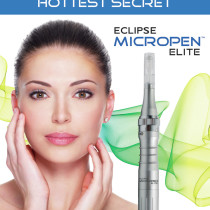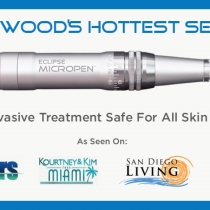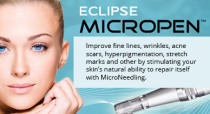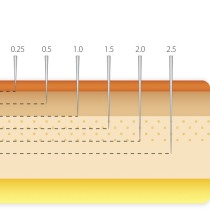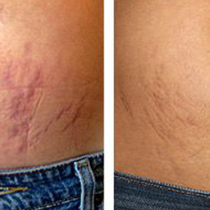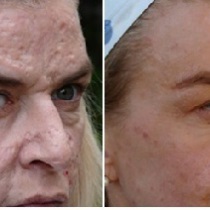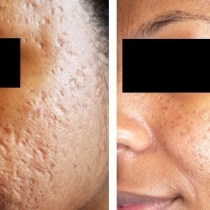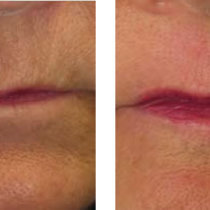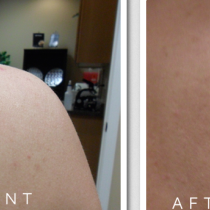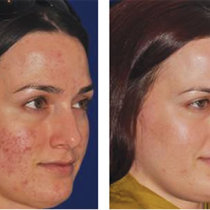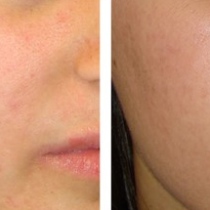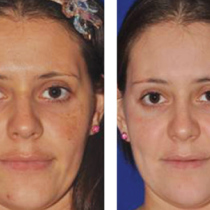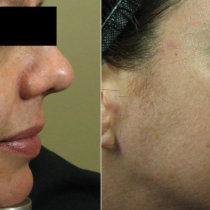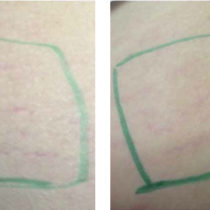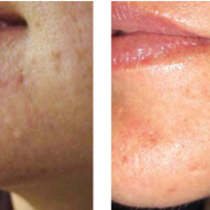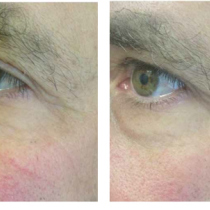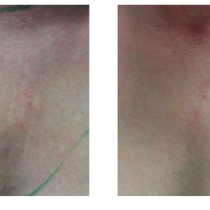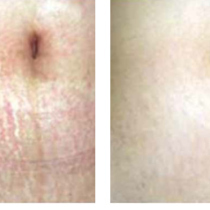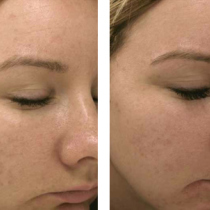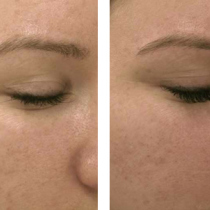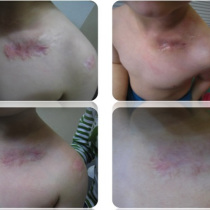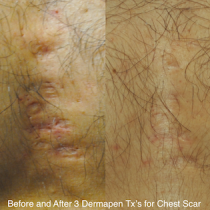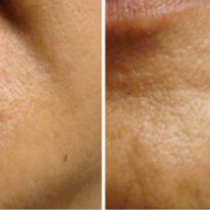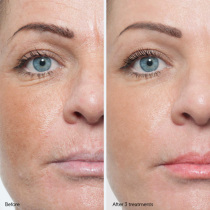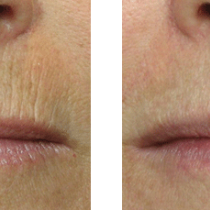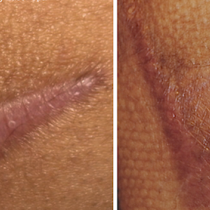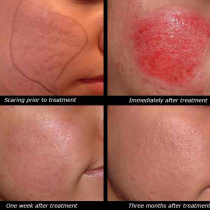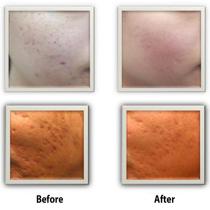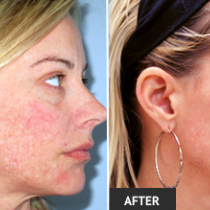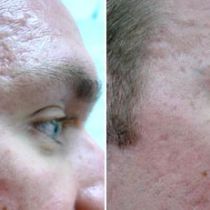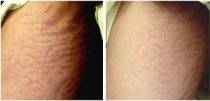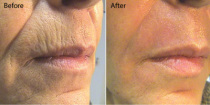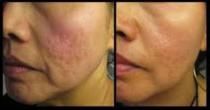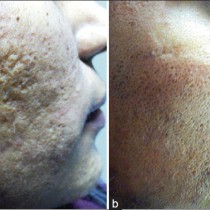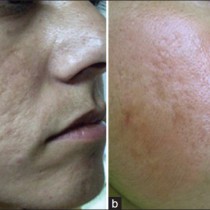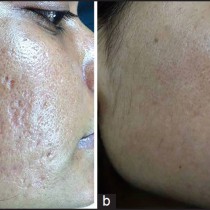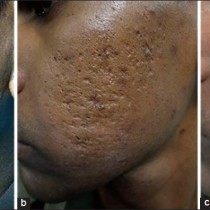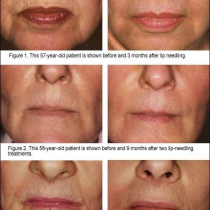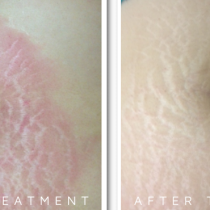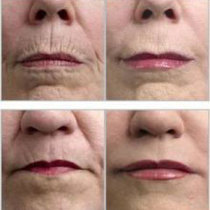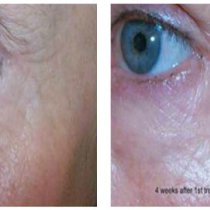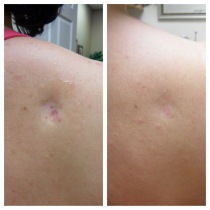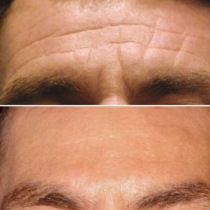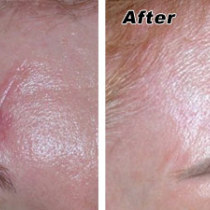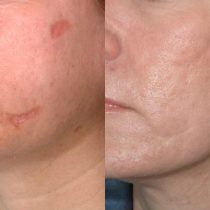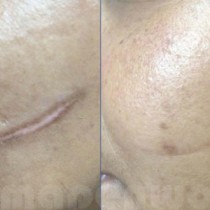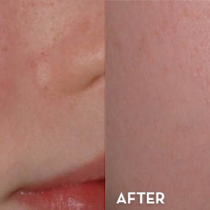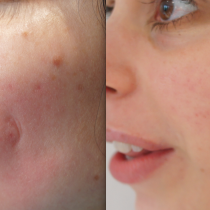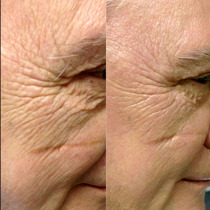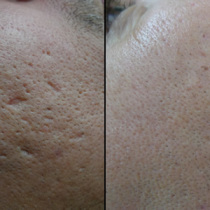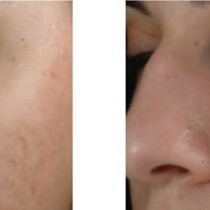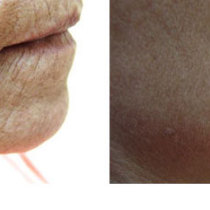
Microneedling
Q: What Is Automated Microneedling
A: Automated Microneedling (also known as Collagen Induction Therapy or CIT) is a new innovation in aesthetic medicine for treating the appearance of fine lines, acne scars and improvement of the skin’s overall appearance. During this procedure, Microneedling is used to create controlled micro-injuries to the skin in order to produce collagen and elastin. The skin’s repair process results in improvement of the appearance of softer wrinkles. Automated Microneedling also creates superficial micro-channels which can be used with topical gels, creams and serums to help improve the appearance of the skin.
Q: What Are The Benefits?
A: The benefits of Microneedling can included a reduction in the appearance of fine lines and wrinkles, younger-looking skin with fewer signs of aging. Microneedling may also has a positive effect on the appearance of hyper-pigmentation, hypo-pigmentation, acne scars, traumatic scars and stretch marks and generally creates a fresher appearance or glow to the skin.
Q: What Areas Of The Body Can be Treated?
A: Microneedling can be used on all parts of the body, including the face, neck, décolleté, arms, hands, legs, abdomen and back.
Q: How Is The Procedure Done?
A: A sterile cartridge containing 12 points is attached to the Microneedling Pen. Your skincare professional will apply a thin layer of topical gel to your skin and select the appropriate pen setting based on your unique needs. Next, in a single motion, the pen will be gently pressed against the skin while simultaneously gliding in one direction until the entire treatment area has been covered.
Q: What Does It Feel Like?
A: The feeling associated with Microneedling is similar to light sandpaper being moved across the skin. While some areas are more sensitive than others, the speed of the reciprocating tip reduces discomfort while the applied hydrating gel also makes the treatment more tolerable.
Q: How Long Does The Procedure Take?
A: The procedure takes 15-30 minutes depending on the size of the area treated.
Q: What Is The Downtime?
A: Immediately after the treatment you will notice a bright redness to the skin. The total healing time depends on the setting used and the number of overlapping passes your skincare professional performs. On average, patients are red up to 2 to 4 days. Many patients heal completely in as little as 24 hours.
Q: When Will I See The Results?
A: Patients notice an immediate “glow” to their skin. Visible changes to the skin develop over the course of several days and weeks. Results can continue to improve up to 6 months after a treatment as collagen production continues.
Q: How Many Treatments Will I Need?
A: Some patients only require a single treatment once per year to achieve optimal results. However, it is recommended for most patients to receive a series of 6 treatments spaced about 4 weeks apart. For patients with deep wrinkles, advanced photo-aging, stretch marks or acne scars it is recommended to receive 8 sessions at 6 week intervals.
Q: Acne Scars
A: Acne can be caused by several known factors. Hormones, stress, diet and other variables can lead to acne breakouts. Untreated or poorly managed acne can lead to scarring. The three most common types of acne scars are ice pick scars, boxcar scars and rolling scars.
Q: Ice Pick Scars
A: Ice Pick scars, being the most common, get their name from the actual formation of the scars and as the name suggests. They are shaped like the hole left from an ice pick.
The scars are deep and narrow, which makes it difficult for them to be filled up naturally with collagen and some are too deep to heal entirely. Ice pick scars are usually less than 2mm across and usually caused by inflamed comedones (blackheads) or acne vulgaris (whiteheads).
Q: Boxcar Scars
A: Boxcar scars are similar to Ice Pick scars, however the Boxcar scars are wide and more rectangular with vertical edges. Boxcar scars are usually found on the temples and cheeks and they can be deep or shallow, but the majority of Boxcar scars are not as deep as Ice Pick scars.
Q: Rolling Scars
A: Rolling scars are the least common of the three and they are usually shallow and wide. Caused by damage under the surface of the skin, rolling scars are round and give the skin a rolling, wave-like appearance.
Q: Appearance of Fine Lines & Wrinkles
A: The appearance of fine lines and wrinkles are often the first signs of visual aging. Repeated muscle movement over time and sun exposure are the main contributing factors. Other factors like smoking, stress, fair complexion and poor diet can also contribute to accelerated aging of the skin. Eventually, everyone has to confront the fact that fine lines wrinkles are inevitable.
Q: Are There Solutions?
A: Microneedling skin-care professionals are helping patients face the problem head-on in treating to reduce the appearance of fine lines. Many skin-care professionals are seeking to be proactive by treating healthy skin to prevent early signs of age from forming as quickly.
Q: Here’s How It Works
A: This stimulates a process of collagen production through the skin’s healing mechanism. After collagen induction therapy (CIT), the production of collagen and elastin can continue up to 6 months. The goal is to achieve renewed, healthier-looking skin. The appearance of fine lines can be reduced as new skin replaces old. Repeating this process several times per year and combining it with a healthy skincare regimen can dramatically improve your skin health.
